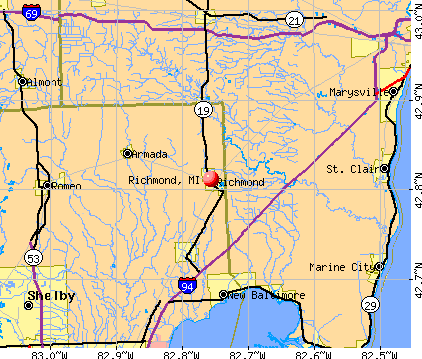

In 2000, there were 309,203 households, out of which 31.10% had children under the age of 18 living with them, 54.30% were married couples living together, 10.10% had a female householder with no husband present, and 31.80% were non-families. Native American tribes had more than 2,478 residents in Macomb County in 2000. Pakistanis are also represented in Macomb County's population. They were Arabs, Asian Indians, Chaldeans, Filipinos, Chinese, Koreans, Vietnamese, and Hmong. Īmong Asian ethnic groups, eight numbered over 1,000 people in Macomb County.

In 2000, 87.6% of county residents spoke only English at home 1.7% spoke Italian, 1.4% Polish, 1.2% Spanish, 1.1% Arabic, and 1.1% Syriac.Įuropean ethnic groups that have settled in Macomb County since the late 20th century include Albanians and Macedonians. 14.8% were of German, 14.3% Polish, 11.1% Italian, 6.5% Irish and 5.9% American ancestry. 2.3% were Hispanic or Latino (of any race). 85.4% were White, 8.6% Black or African American, 3.0% Asian, 0.3% Native American, 0.6% of some other race and 2.1% of two or more races. Geography Īerial view from the south towards the north, over Macomb County Historical populationĪs of the 2010 United States Census, there were 840,978 people living in the county. The Charter passed with a 60.4% to 39.6% margin. A charter commission was elected in November 2008 to draft a charter for submission to Governor Granholm, which was submitted and approved and placed on the November 2009 ballot. In May 2008, Macomb County voters approved the inclusion of a County Executive in a new charter to be submitted to the voters by 2010. As population increased in the area, the state legislature removed territory in 18 to form the counties of Oakland, Lapeer, Genesee, and St. Īs was typical in development, the county at first encompassed a much larger area than at present. He was made Commanding General of the U.S. The county was named in honor of Detroit-born Alexander Macomb, Jr., a highly decorated veteran of the War of 1812 and hero of the Battle of Plattsburg. Macomb County was formally organized on January 15, 1818, as the third county in the Michigan Territory. In the 19th century, the county received many European-American migrants from New York and New England, who were attracted to the area for land and booming jobs in the lumber and other resource industries. In addition to the original French and English settlers, later immigrants included Germans, Belgians, and others from Europe. A Moravian colony was established in the county in the late 18th century.

Other early settlers were French fur trappers, who sometimes married Ojibwe women, and Jesuit missionaries. The first European colonizers were French, and they arrived in the area during the 17th century. The Ojibwe lived in the area for centuries before European contact and were preceded by other cultures of ancient indigenous peoples.


 0 kommentar(er)
0 kommentar(er)
